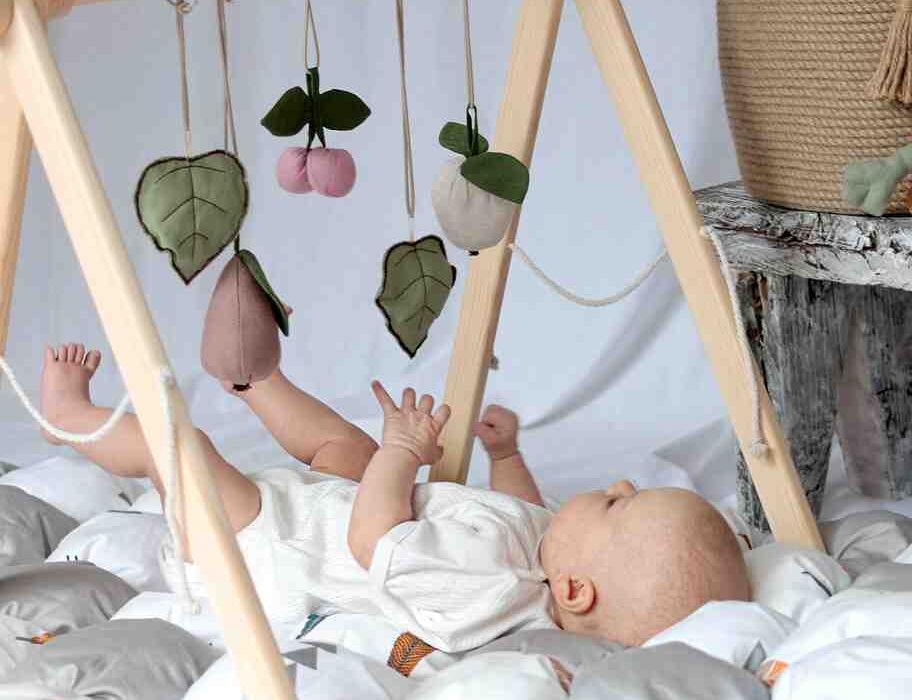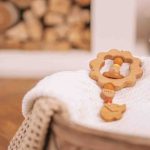Silicone vs. Wooden Teethers: Which is Best?
Teething is a challenging stage for babies and parents alike. As new teeth emerge, babies experience discomfort, irritability, and excessive drooling. To help alleviate teething pain, many parents turn to teethers, but with so many options available, it can be difficult to determine which material is best. Silicone and wooden teethers are two of the most popular choices, each offering unique benefits. This guide explores the differences between silicone and wooden teethers to help you make the best choice for your baby.
Silicone Teethers: Pros and Cons
Pros:
- Soft and Gentle: Silicone teethers are soft, flexible, and gentle on sore gums, making them ideal for babies experiencing significant discomfort.
- Easy to Clean: Most silicone teethers are dishwasher-safe, boilable, or sterilizable, making them convenient for busy parents.
- Durable: High-quality silicone is long-lasting and resistant to wear and tear from repeated chewing.
- Variety of Designs: Available in numerous shapes, textures, and colors, silicone teethers can keep babies engaged while providing relief.
- Safe and Non-Toxic: BPA-free, food-grade silicone ensures a safe chewing experience for babies.
Cons:
- May Attract Dust and Lint: Silicone has a slightly sticky surface that can attract particles, requiring frequent cleaning.
- Less Natural: While safe, silicone is still a synthetic material, which may not appeal to parents looking for completely natural alternatives.
Wooden Teethers: Pros and Cons
Pros:
- All-Natural and Eco-Friendly: Made from untreated hardwood, wooden teethers are free from synthetic materials and are biodegradable.
- Naturally Antibacterial: Wood has antimicrobial properties that help prevent bacterial growth, making it a hygienic choice.
- Firm Surface for Teething Relief: The hardness of wooden teethers provides a different chewing experience that can effectively soothe aching gums.
- Durable and Long-Lasting: High-quality wooden teethers resist wear and can last for years if properly maintained.
Cons:
- Requires More Maintenance: Wooden teethers cannot be boiled or placed in the dishwasher and must be cleaned with a damp cloth and mild soap.
- Can Become Rough Over Time: Frequent use may lead to minor surface roughness, requiring occasional sanding or oiling with food-grade finishes.
- Limited Texture Variety: Unlike silicone, wooden teethers have a smooth surface and do not provide as much textural variety for sensory stimulation.
Which Teether is Best for Your Baby? Choosing between a silicone and wooden teether depends on your baby’s preferences and your personal priorities. If you’re looking for a soft, flexible, and easy-to-clean option, silicone may be the best choice. If you prefer a natural, eco-friendly, and antibacterial teether, wood might be the better option. Many parents opt to have both types on hand to provide different teething experiences.
Conclusion Both silicone and wooden teethers offer unique advantages, making them excellent choices for soothing sore gums. Silicone teethers are soft, easy to clean, and available in various designs, while wooden teethers are natural, antibacterial, and durable. Understanding the benefits and drawbacks of each material can help you select the best teether for your baby’s needs, ensuring a safe and comforting teething experience.





